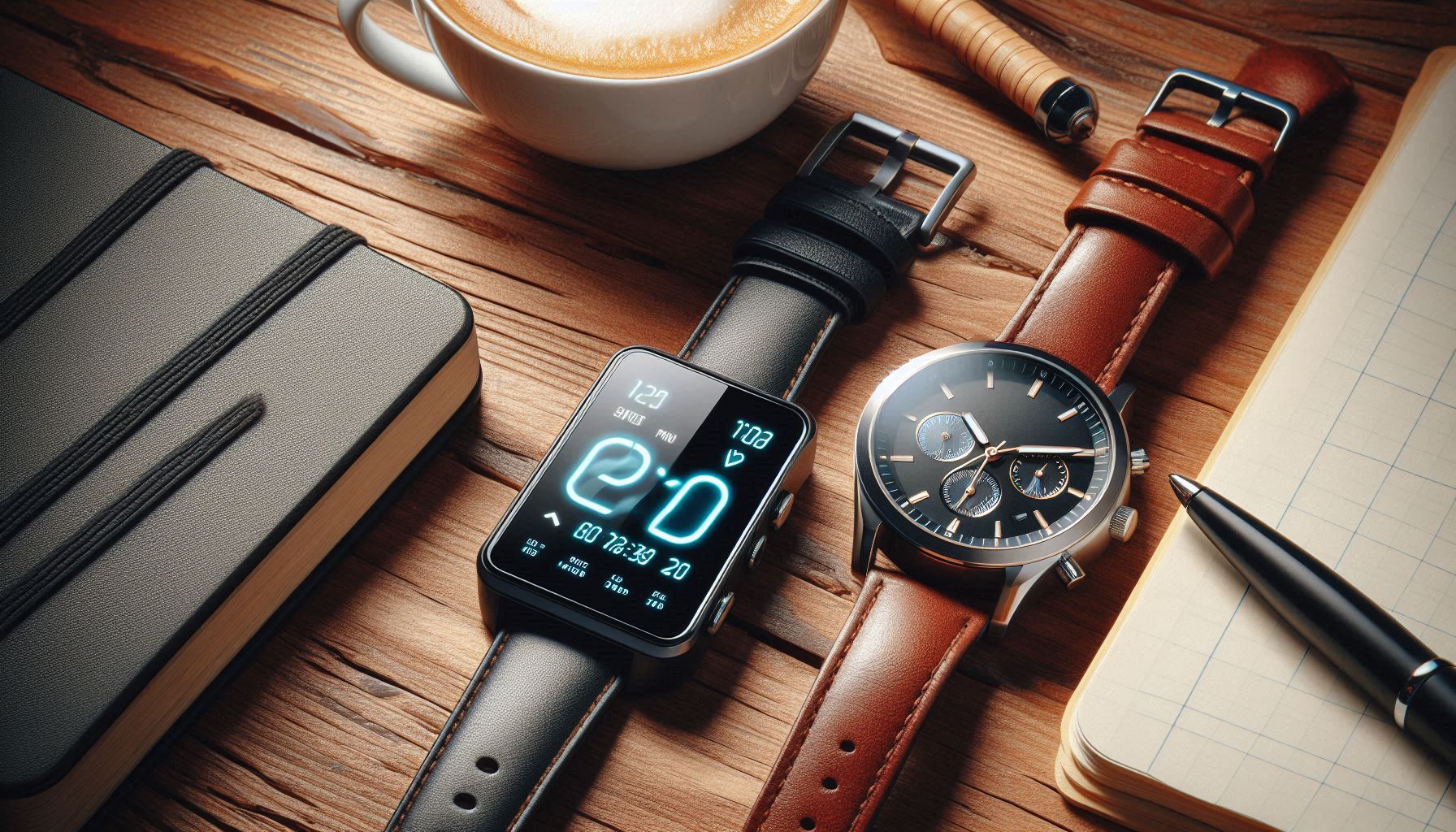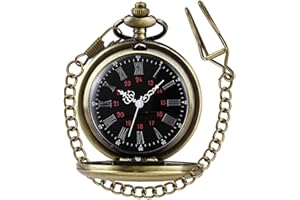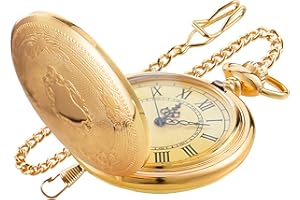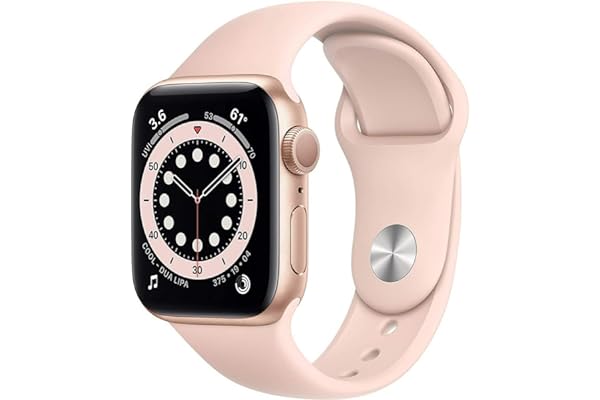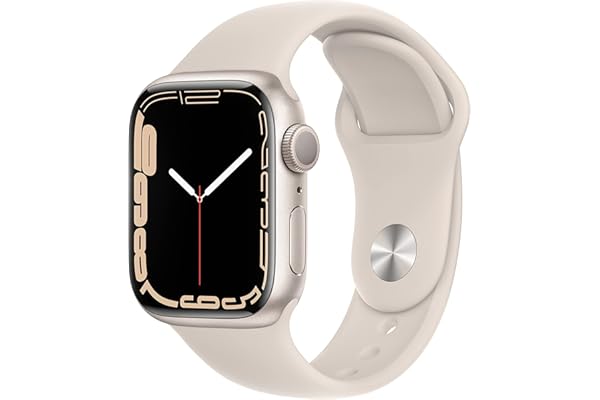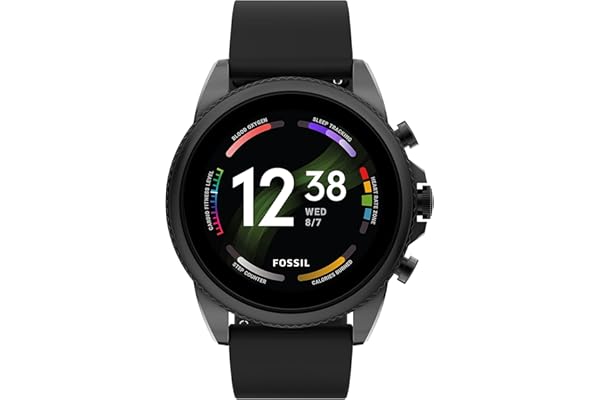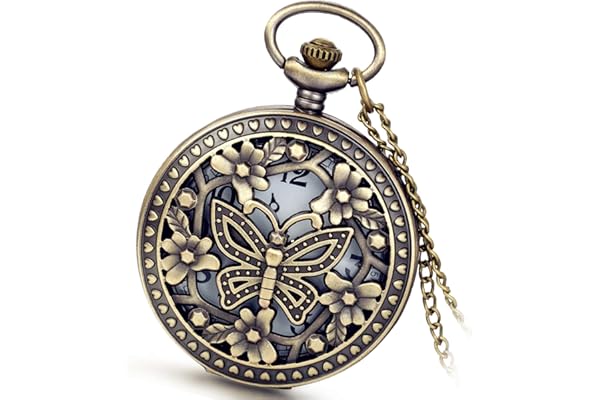Differences Between Analog and Digital Watches
Contents
Understanding the Basics of Analog and Digital Watches
Watches have long been an essential accessory, serving both functional and aesthetic purposes. Among the most common types are analog and digital watches, each offering unique features and benefits. Analog watches, characterized by their traditional clock face with hour and minute hands, have been around for centuries. They are often associated with elegance and classic style, making them a popular choice for formal occasions and those who appreciate traditional craftsmanship.
On the other hand, digital watches, which display the time in numerical form, emerged in the late 20th century as technology advanced. These watches are often seen as modern and practical, offering a range of features such as alarms, stopwatches, and backlights. Digital watches are favored by those who prioritize functionality and ease of reading time, as the digital display is straightforward and unambiguous.
Understanding the basic differences between analog and digital watches can help consumers make informed decisions when choosing a timepiece that suits their lifestyle and preferences. While both types of watches serve the primary function of telling time, their design, functionality, and appeal vary significantly, reflecting the diverse needs and tastes of watch enthusiasts worldwide.
Design and Aesthetic Appeal
One of the most noticeable differences between analog and digital watches is their design and aesthetic appeal. Analog watches are often associated with a classic and timeless look. They typically feature a dial with hour markers and hands that move in a circular motion. This traditional design is favored by those who appreciate the artistry and craftsmanship that go into creating an analog watch. Many luxury brands focus on producing high-quality analog watches, emphasizing materials such as stainless steel, gold, and leather straps, which add to their elegance and sophistication.
Digital watches, in contrast, are known for their modern and utilitarian design. The digital display, often using LCD or LED screens, provides a clear and precise reading of the time. This straightforward approach appeals to those who value functionality and convenience over traditional aesthetics. Digital watches often come with a range of additional features, such as alarms, timers, and even fitness tracking capabilities, making them a popular choice for sports enthusiasts and tech-savvy individuals.
The design of a watch can greatly influence its appeal and the image it projects. While analog watches are often seen as a symbol of status and elegance, digital watches are associated with practicality and innovation. Ultimately, the choice between the two comes down to personal preference and the context in which the watch will be worn.
Functionality and Features
When it comes to functionality and features, analog and digital watches cater to different needs. Analog watches, while primarily focused on telling time, often include additional features such as date displays, chronographs, and tachymeters. These features are integrated into the design in a way that complements the classic aesthetic of the watch, offering functionality without compromising style.
Digital watches, however, are known for their extensive range of features. Beyond simply displaying the time, digital watches often include alarms, timers, and backlighting for visibility in low-light conditions. Some digital watches are equipped with advanced technology, such as GPS, heart rate monitors, and fitness tracking capabilities, making them ideal for sports and outdoor activities. The multifunctionality of digital watches appeals to those who lead active lifestyles and require a timepiece that can keep up with their diverse needs.
The choice between analog and digital watches often depends on the balance between desired features and aesthetic preferences. While analog watches offer a classic look with essential timekeeping functions, digital watches provide a more comprehensive set of features for those who prioritize practicality and versatility.
Durability and Maintenance
Durability and maintenance are important factors to consider when choosing between analog and digital watches. Analog watches, particularly those made by reputable brands, are often built with high-quality materials and craftsmanship, ensuring longevity and reliability. However, they may require regular maintenance, such as winding and occasional servicing, to keep them running smoothly. The intricate mechanics of analog watches can be more susceptible to wear and tear if not properly cared for.
Digital watches, with their electronic components, are generally considered more durable in terms of everyday wear. They are often designed to withstand shocks and impacts, making them suitable for active lifestyles. Digital watches typically require less maintenance, as they are powered by batteries that need replacement every few years. The simplicity of their design means fewer components that can malfunction, offering peace of mind for those who prefer a low-maintenance timepiece.
Both analog and digital watches have their strengths and weaknesses in terms of durability and maintenance. The decision between the two may depend on the level of care the wearer is willing to commit to, as well as the intended use of the watch.
Choosing the Right Watch for Your Needs
Choosing the right watch ultimately comes down to personal preference, lifestyle, and the specific needs of the wearer. For those who value tradition, elegance, and craftsmanship, an analog watch may be the ideal choice. The classic design and timeless appeal of analog watches make them a versatile accessory suitable for both formal and casual occasions.
Conversely, individuals who prioritize functionality, modern design, and advanced features may find digital watches more appealing. The wide range of features available in digital watches caters to active lifestyles, making them a practical choice for sports enthusiasts and tech-savvy individuals.
When selecting a watch, it is important to consider factors such as design, functionality, durability, and maintenance requirements. By understanding the differences between analog and digital watches, consumers can make informed decisions that align with their preferences and lifestyle, ensuring they find a timepiece that meets their needs and reflects their personal style.
